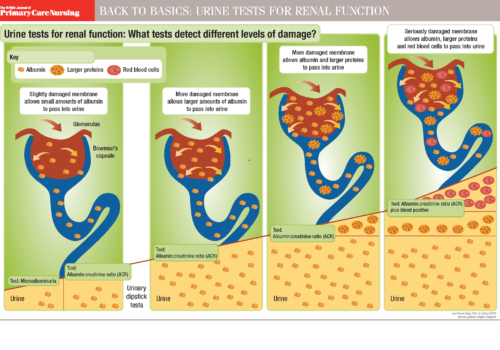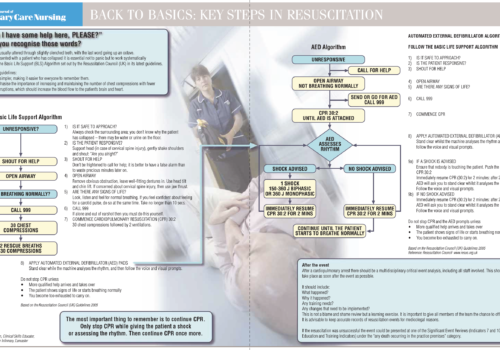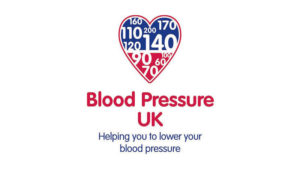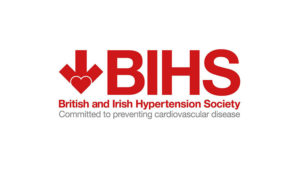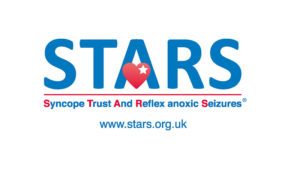Obesity is, quite literally, the big health problem of the 21st century, with rapidly increasing rates in both adults and children. In this article we explore why obesity is such a challenge and the role of primary healthcare professionals in addressing the problem. We try to unravel the wide range of factors that cause obesity before focusing on why people eat what they do and how we can help patients to review their eating habits, introduce changes to eat more healthily and then sustain those changes.
Swollen ankles: preventing, detecting and managing oedema
It is Friday afternoon and, checking your screen, you see your last free appointment has been given to a patient you have seen in the past for routine blood tests. This time when she enters the room you observe that her legs are covered with what looks like kitchen roll, and she is wearing supermarket carrier bags over her feet to protect her shoes. For many of us, this is a ‘heart sink’ patient – with heavy, wet and oedematous legs that are difficult to manage. To be able to manage this type of condition we first need to understand the possible causes of oedema, to identify patients who may be at risk for developing the problem, and to be aware when early intervention could be of benefit.
What is the evidence for statins in the secondary prevention of stroke?
The Stroke Association estimates that about 150,000 people suffer a stroke in the UK each year. Stroke is the third commonest cause of death in developed countries and the leading cause of disability. So can we reduce this burden? In this article, we look at the evidence for statins in the secondary prevention of stroke.
Back to Basics: Urine tests for renal function
Urine tests for renal function: What tests detect different levels of damage?
Venous thrombosis and thromboembolism
Venous thromboembolism (VTE), comprising deep vein thrombosis (DVT) and pulmonary embolism (PE), is a major public health problem affecting around 100 per 100,000 population per year and causing thousands of deaths annually. Large population-based studies have shown that factors associated with hospitalisation account for half of the attributable risk of VTE.
When to use aspirin in CVD prevention: acting on the latest evidence
Back to Basics: Key steps in resuscitation
Urticaria and angioedema
Allergic diseases such as hayfever and allergic asthma are becoming increasingly common
in westernised countries such as the United Kingdom, with an estimated 25% of the
population now suffering from some form of allergic condition. Urticaria and angioedema
are commonly thought of as allergic problems although in general only acute symptoms
are related to allergen exposure. Here we discuss the diagnosis and management of urticaria and
angioedema in primary care, with particular focus on identifying allergic triggers and managing
long-term symptoms successfully.
Seven Steps to a Successful Flu Vaccination Campaign
Planning a flu vaccination campaign during the autumn is always a difficult concept to
take on board. But, from experience, the earlier you plan a campaign, the more
successful it will be. Adequate planning and organisation will ease the pressure on all
members of the team during a very busy period. It will also ensure that all patients in
the ‘at risk’ groups are vaccinated and targets achieved. This article gives seven easy steps for a
stress-free flu vaccination campaign.
Non-respiratory causes of breathlessness
Abnormal breathlessness is a common symptom with a wide variety of causes and it can
be quite a challenge to diagnose the cause and plan appropriate treatment. Practice
nurses are often the first point of contact for patients with these conditions and play an
important role as part of the multidisciplinary healthcare team. This article completes a
series of three on causes of breathlessness (‘The breathless patient: is it asthma or COPD?’ Vol 2,
Issue 1, December 2007 and ‘Respiratory causes of breathlessness.’ Vol 2, Issue 2, March 2008).
Food Allergy in Childhood
Milk, eggs and peanuts are the most common foods causing allergy in early childhood.
The prevalence of these allergies is on the increase. A thorough clinical history
together with an allergy test allows for a clear diagnosis and implementation of a
comprehensive management plan. This article outlines some of the key features in
diagnosing and managing childhood allergies.
Community Pharmacists: Part of the Healthcare Team
The image of community pharmacy and the role of the community pharmacist have changed
substantially over the past 5-10 years. Things are set to keep changing with the newly
published White Paper for pharmacy in England and the continued restructuring of the
health service in Scotland. The community pharmacist’s role will become much more
integrated into the multi-professional care of patients.



